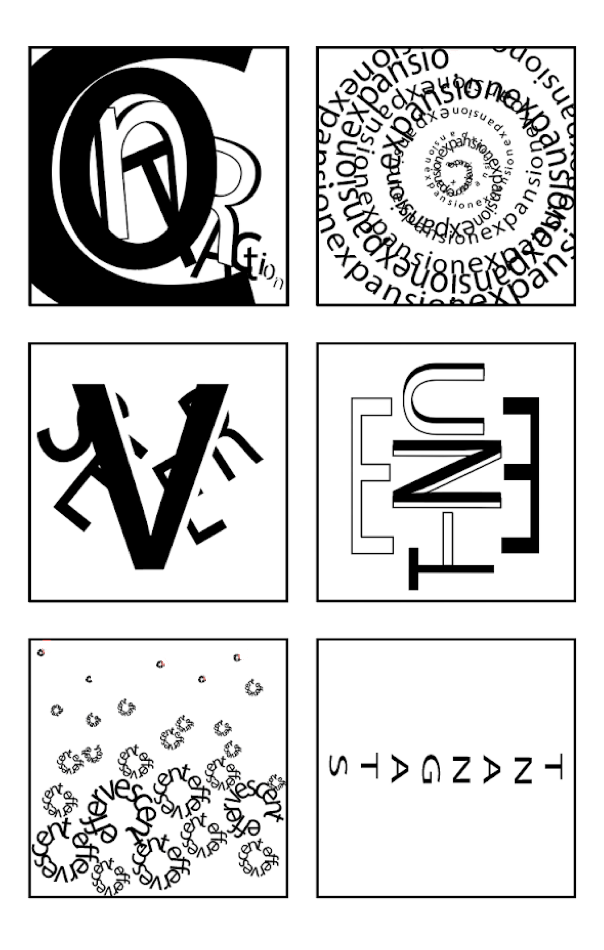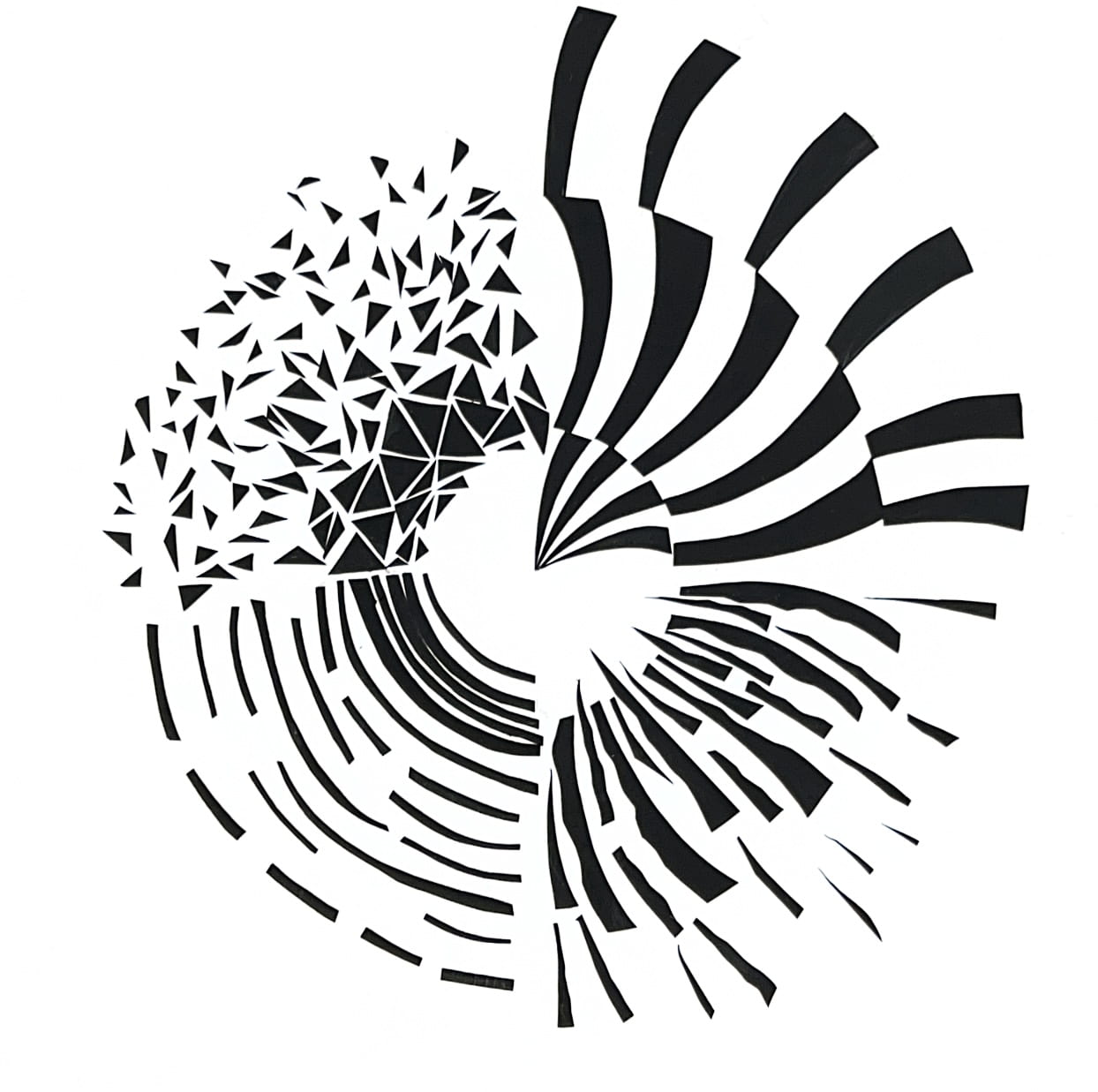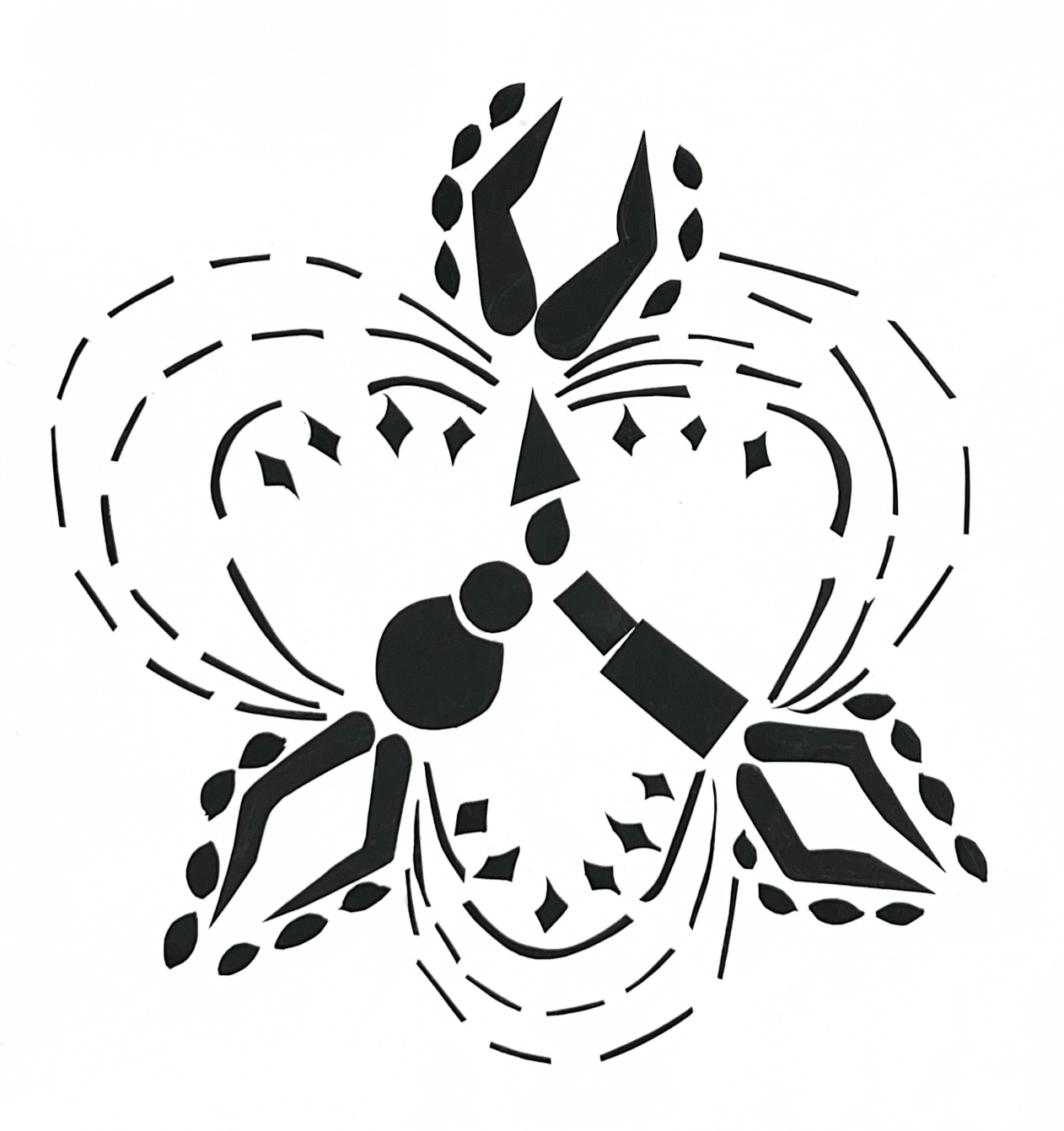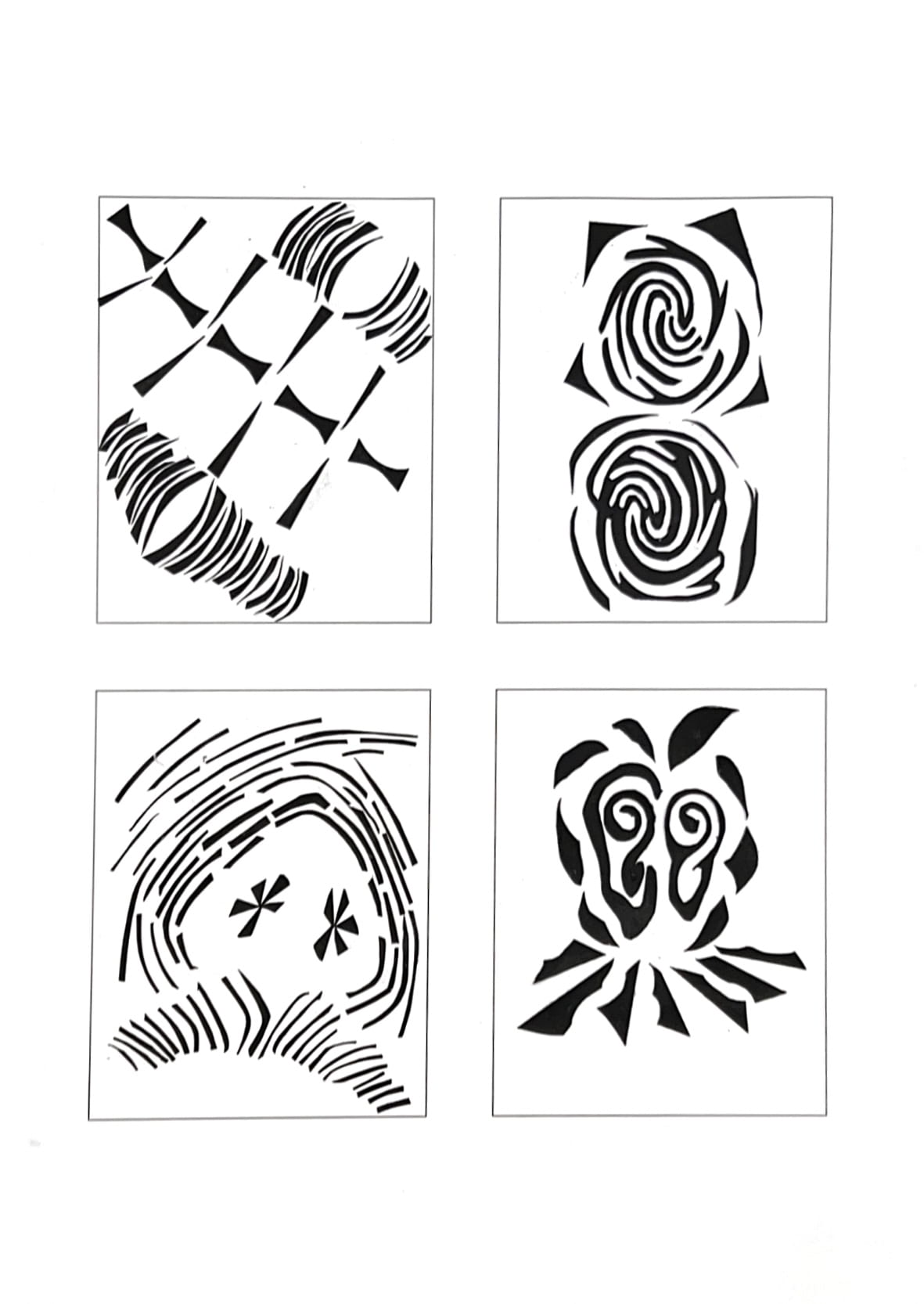

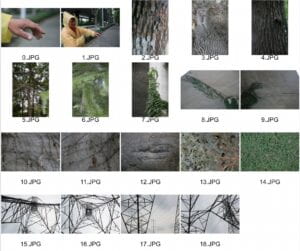

The Result
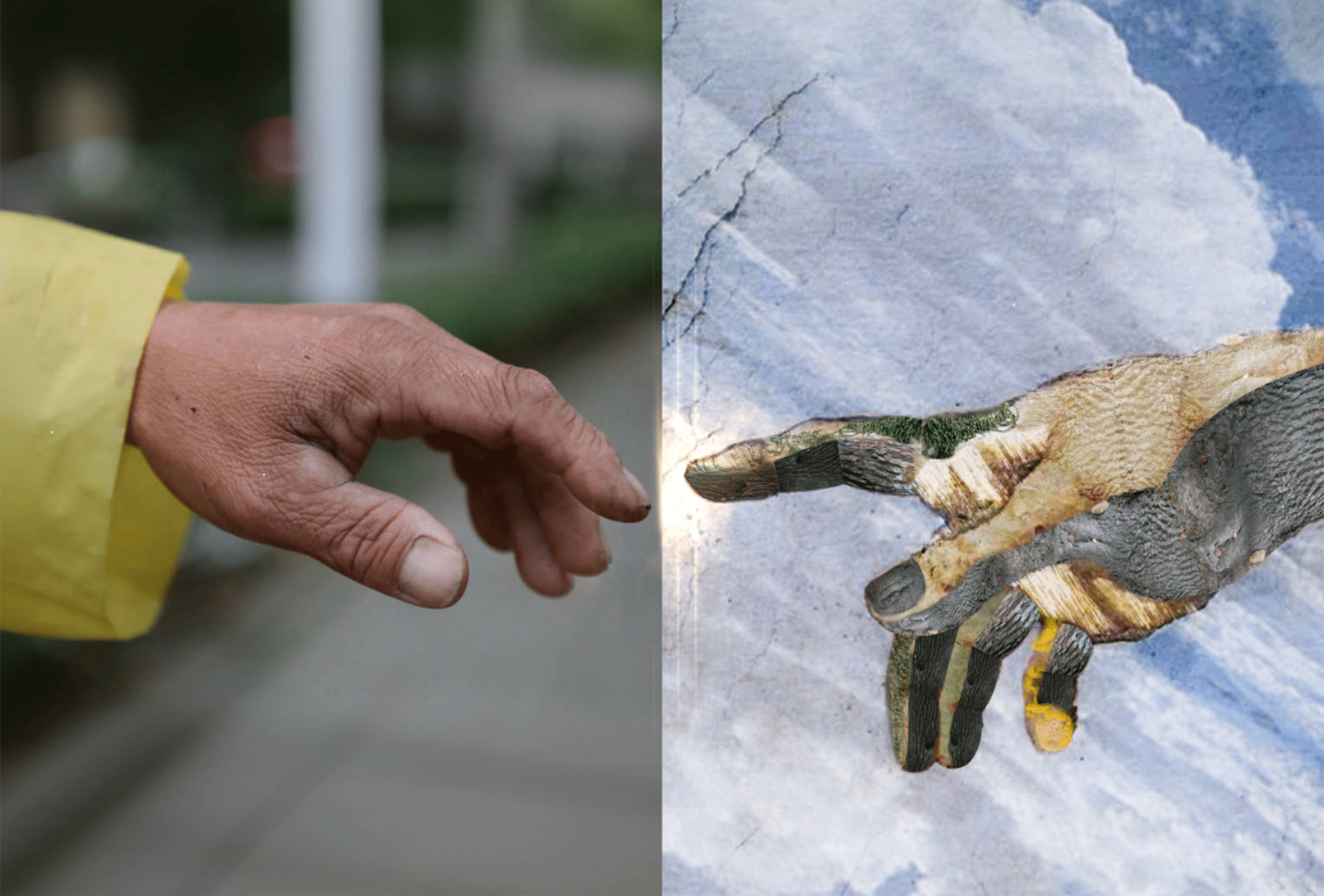





In 1972 and 1973, the pioneer plaques were sent into space, to identify our time and place of origin for the benefit of any other spacefarers that might find us in the distant future.
(the pioneer plaque from NASA)
In the fiction Story of Your Life, the Heptapods’ language is non-linear, lacking a strict chronological order, and allows for simultaneous expression of multiple ideas. In order to communicate with aliens like NASA did, we need to apply only line-drawing images, without any numbers or letters conceived by human beings. We aim to explain the concept of time as a three-dimensional creature and other ideas about our planet through the pioneer plaque.
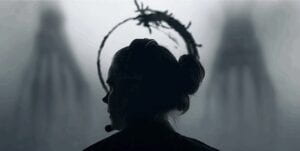
(photo from movie Arrival)
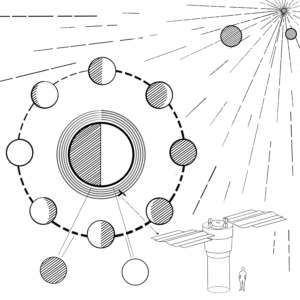 1. moon phase:
1. moon phase: The relative position of the sun, earth and moon is an important measure of time that can be conveyed through the conceptual diagram of lunar phase change. On our plaque, each phase possesses a distinct appearance, and they are separated by intervals of 3.75 tick marks, representing 3.75 days, all combined to demonstrate a timeline of approximately 29.53 days or more simply put, a month.
2. solar day:
To explain the concept of time from another level, we visualized a solar day through the images of day and night of the earth and pointed them into the timeline of moonphase to better explain how they divide days.
3. atmosphere layers:
Besides the idea of time, the environment on the earth is another key element to identify our planet, among which the atmosphere is the most significant phenomenon because it reflects the power of gravity on earth and is the conditions for biological survival. It is usually divided into 5 layers according to different atmospheric density, temperature, etc and they are displayed on the outline of the earth on our plaque.
4. artificial satellite:
Artificial satellites move in the outer layer of the atmosphere and they are very likely to be the first sign of humans spotted by Heptapods, so we tried to introduce the shape, the location and the size compared to human beings of normal artificial satellites.
5. the solar system:
After the internal environment of the earth, the external environment is displayed on the plaque through the location of the sun, Mercury and Venus. In addition, the lines pointing out from the sun are demonstrating sunlight that provides energy on the earth, which is also a key condition of biological survival.
1. What can you feel from this picture?
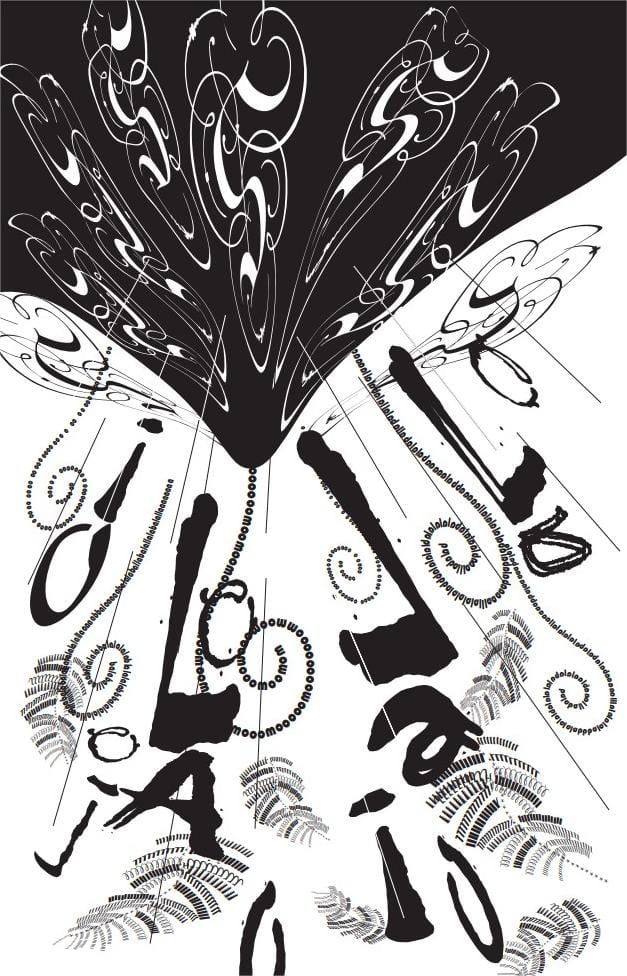
Hint💡Any tune?
Hint💡💡Something like that↓ ?
This is the climax from the song <Head Over Heels> by Tears for Fears. (I highly recommend the whole song btw)
To me, this picture is the song, and the song is cycling.
Everytime cycling along Xuhui Riverside(my favourite cycling spot in SH), I’m accompanied by this melody. I can feel every part of my being resonating with the cheerful musical notes and the relaxing rhythm. So I chose to visualise this song with my cycling experience. And the result displayed in the picture is basically how I feel the breeze approaching me and how carefree I am when riding into infinite night.
2. Process
(1) The very beginning
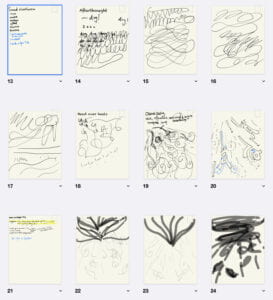
Putting my personal experience aside, I started by trying to follow the flow of the music in order to grasp the essence of the song itself. To be more specific, I repeated the song several times and focused on different layers of the music each time. Eventually, the “lala”,”ohoh” and “woo” sounds from the theme and the background music bumped into my ears, and I kept them on the paper.
(2) Collecting ingredients
To start with, I scattered the letters “la” throughout the image and shaped the background sound into curves to demonstrate the wind.
The night’s darkness was then attempted to be rolled out by deepening the bottom of the letters.
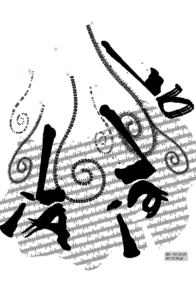
I felt my imagination limited by my own experience, so I invited my friends to go cycling with me, after which I got the brilliant description that they felt as light as a feather. So the feather has become one of the elements in the image.
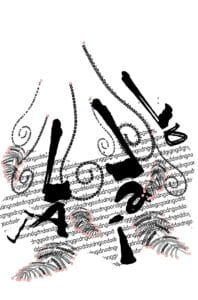
(3) Dynamic
Though with the curves, I still felt something missing from the wind. It is the trend where it comes right in front of my face and all my sense organs, also the high speed with cheerful tempo.
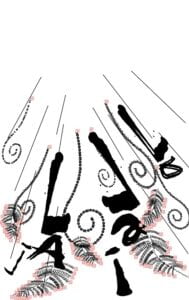
(4) The night
I didn’t like where the dark block was placed. When I was able to recollect my memories with greater accuracy, I decided to move it in front of the image, pointed by the letters, which better fits my horizon into darkness.
Also, I was struggling with how to visualise darkness in a more dynamic way and apply the typography at the same time. I kept experimenting with different fronts until I I discovered the “s” that resembles a cloud and makes me think of a previous block print. Then I was inspired to portrait the sky in a similar way, with the black and white switched.
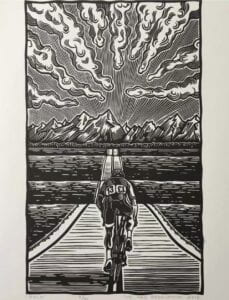 (by block print artist)
(by block print artist)
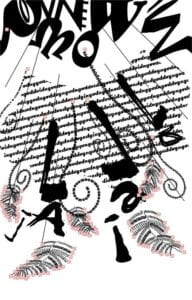
⬇
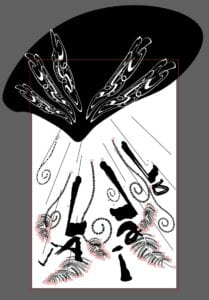
⬇
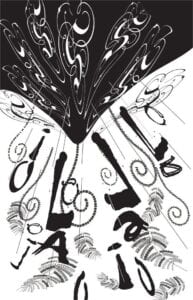
3. The fronts applied
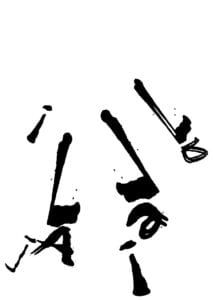
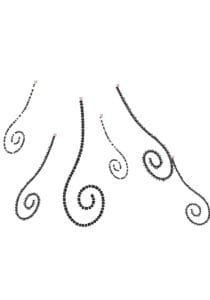
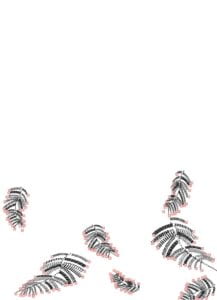
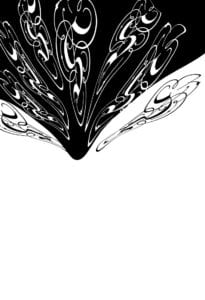
Q1.How do the aliens’ language and communication styles in the story differ from human language (oral, pictographic, phonetic, etc.)?
Q2.How does the physical structure of our body inform the way we communicate? How about the aliens?
Our ability to produce a wide range of sounds through our vocal apparatus, including the larynx, vocal cords, and various articulators like the tongue and lips, allows us to generate spoken language. The physical structure of our vocal organs determines the phonetic inventory and articulatory possibilities of the sounds we can produce. Also, the mobility and expressiveness of our facial muscles, as well as our body movements and gestures, contribute to non-verbal communication. We rely on these physical cues to convey emotions, intentions, and additional layers of meaning beyond the words we speak. About the auditory perception: Our ears and auditory system enable us to perceive and interpret the sounds and nuances of spoken language. We rely on our ability to detect variations in pitch, tone, rhythm, and other auditory features to understand and interpret speech.
As for the aliens in the story, the specific details of their physical structure are not extensively described, but it is implied that their mode of communication is different from humans. The Heptapods communicate primarily through their logographic written language, which transcends the limitations of vocalization and relies on a visual form of communication. The physical structure of the Heptapods and its influence on their method of communication is not explicitly explored in the story, leaving room for interpretation and speculation.

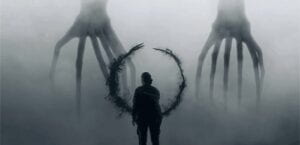
(photos from movie Arrival)
